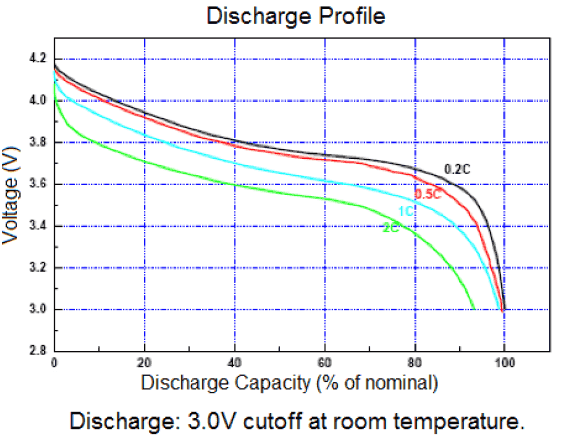From what i've read online, 3.0V is the absolute maximum li-ion and li-po batteries should be discharged and around 3.2-3.4 is preferable for preserving battery life.
if that is the case, then why is it nearly every single 4s BMS I find stops discharging at 2.5V-3V!
https://www.amazon.com/s?k=4s+bms&ref=nb_sb_noss
Edit: I can see the potential reason to want to maximize use in a cycle as an emergency option, but I don't imagine people wanting to buy systems where this is the default and unalterable! Is there a BMS system or standard for a way for managing batteries that both manages to balance batteries and not kill them pre-maturely at the same time?
